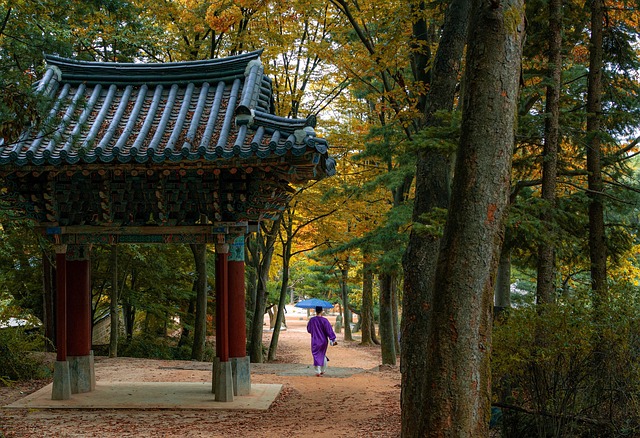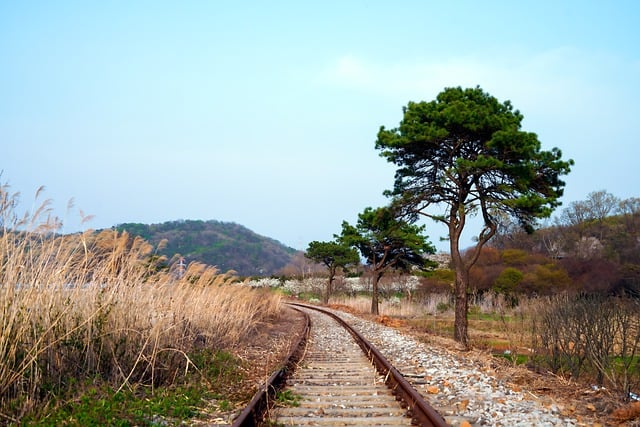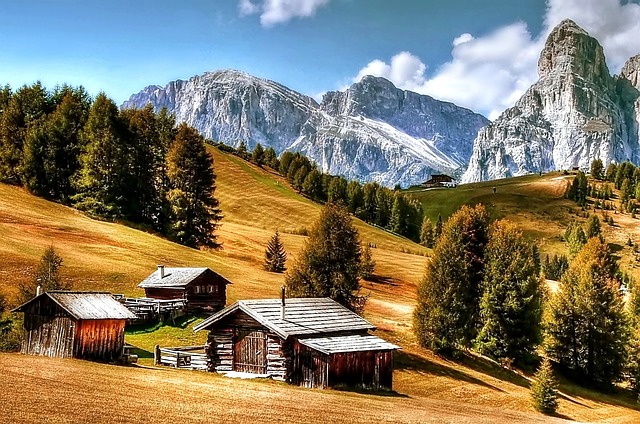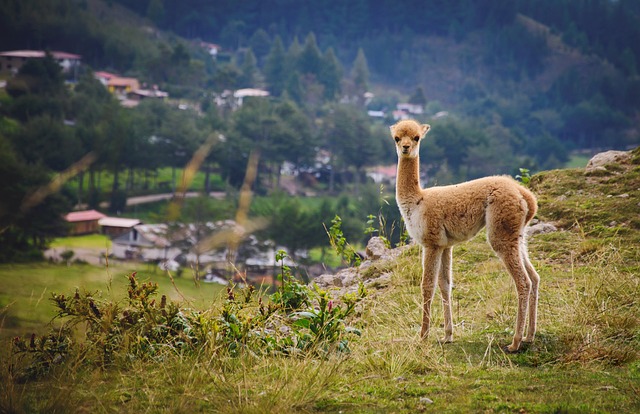Hispanic culture offers a diverse culinary experience through its varied dishes, reflecting regional history and ingredients. In cities like Miami, Mexico City, and Buenos Aires, real estate is key to attracting global visitors, blending historic architecture with modern developments. Local chefs incorporate Hispanic cooking techniques, creating immersive dining experiences that blend tradition with innovation, enhancing the vibrancy of these neighborhoods for residents and food enthusiasts alike.
Dive into the vibrant world of Hispanic culture and cuisine, where flavors dance and traditions thrive. From bustling streets lined with tapas bars to lively festivals celebrating heritage, this dynamic community offers a captivating mix of art, music, and gastronomy. In this article, we explore the rich tapestry of Hispanic cuisine, uncover popular destinations through real estate insights, and delve into cultural fusions where Hispanic flavors meet local palates, creating unique culinary experiences around the globe.
Exploring The Rich Tapestry Of Hispanic Cuisine

The vibrant Hispanic culture is a true feast for the senses, and its cuisine serves as a stunning testament to this rich heritage. In terms of real estate, Hispanic culinary traditions span across diverse landscapes, from the sizzling street food of Mexico City to the aromatic paella beaches of Valencia, Spain. Each region boasts a unique tapestry woven with fresh ingredients, bold flavors, and centuries-old recipes passed down through generations.
Exploring this vast culinary landscape is like navigating a labyrinthine maze filled with delightful surprises. Whether it’s the fiery chiles of Mexico, the zesty citrus notes of Cuban cuisine, or the delicate garlic and herb infusions of Spanish paella, every bite transports you to a different corner of Latin America and Spain. The diversity and richness of Hispanic food reflect the culture’s deep-rooted history and vibrant communities, making it a true game-changer in global gastronomy.
Real Estate In Popular Hispanic Destinations

In popular Hispanic destinations, real estate plays a significant role in shaping the vibrant culture and cuisine that attract visitors from around the globe. Cities like Miami, Mexico City, and Buenos Aires have seen a surge in interest from both domestic and international buyers due to their unique blend of historic architecture, modern developments, and affluent communities. The availability of luxurious properties along with easy access to cultural hotspots, restaurants, and vibrant nightlife contributes to making these locations desirable places to live and invest.
The real estate market in these areas not only offers diverse housing options but also serves as a gateway to experiencing the local culture. Traditional neighborhoods with colorful colonial buildings stand alongside contemporary high-rise apartments, reflecting the dynamic nature of Hispanic societies. As a result, residents and tourists alike can immerse themselves in the rich culinary traditions, vibrant festivals, and lively street life that define these captivating destinations.
Cultural Fusion: Where Hispanic Flavors Meet Local Palates

In many cities, the vibrant Hispanic culture has seamlessly fused with local real estate and palates, creating a unique culinary experience. This cultural exchange is evident in the diverse range of restaurants and food markets that have emerged, offering traditional Hispanic dishes alongside innovative twists that cater to both locals and visitors alike. The fusion of flavors is not just about combining ingredients; it’s a dialogue between communities, where local chefs learn from and incorporate Hispanic cooking techniques and ingredients into their menus.
This blend has enriched the local food scene, bringing authenticity and variety to real estate investments in these areas. As a result, neighborhoods with strong Hispanic populations often boast a thriving restaurant culture that attracts food enthusiasts and contributes to the overall vibrancy of the community. The culinary journey is a testament to how different cultures can intertwine, creating a delicious and dynamic food landscape that leaves a lasting impression on anyone lucky enough to experience it.






